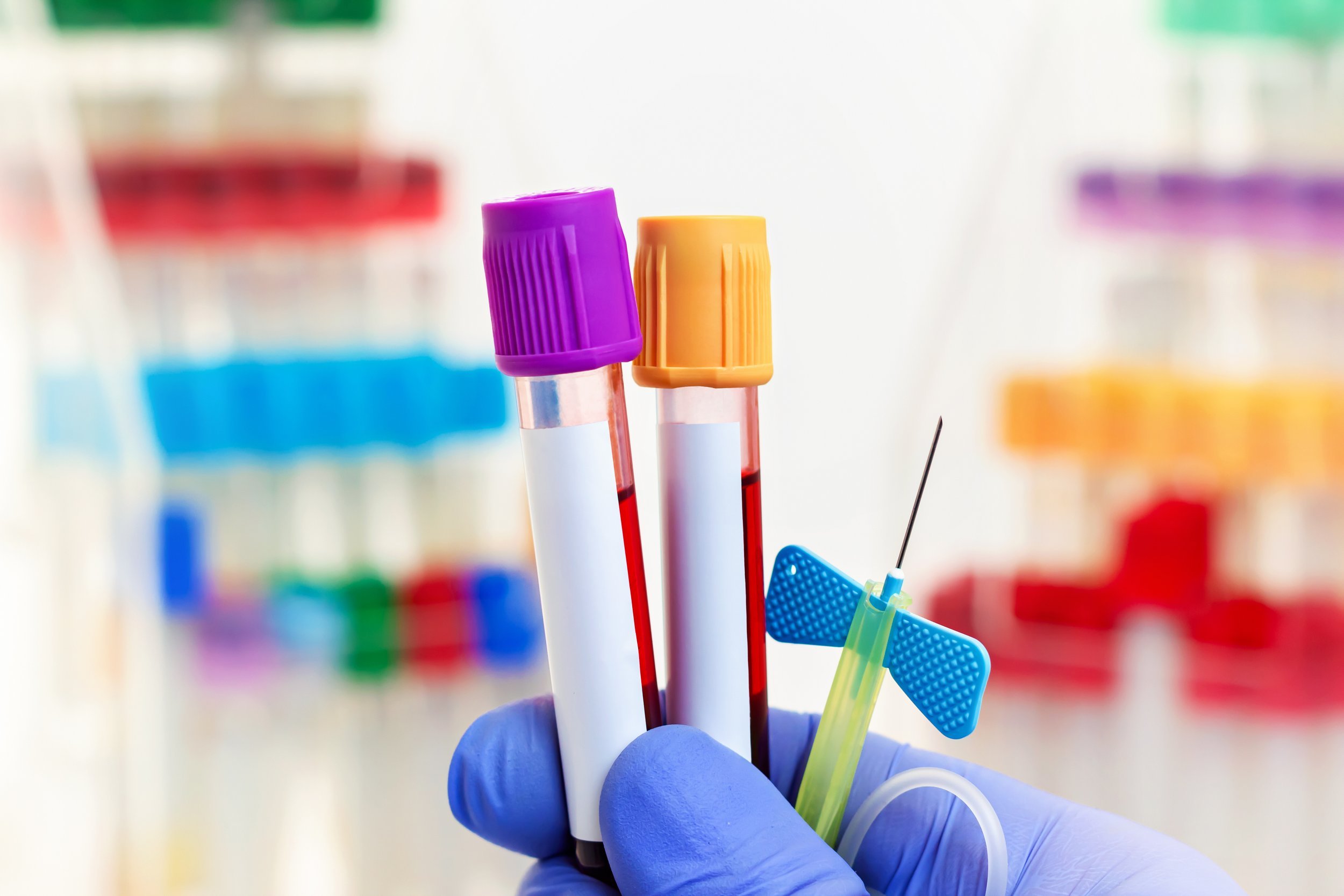PHLEBOTOMY TECHNICIAN
Clock Hours: 120
Theory: 80 hours
Lab: 20 hours
Clinical: 20
This 120-clock hour program prepares the graduate to function as phlebotomist and as a vital member of the clinical laboratory team whose main function is to obtain patient's blood specimens by venipuncture and micro collection along with transportation of other clinical laboratory specimens.
Specific Admission Requirements:
1. The prospective student must be at least 17 years of age.
2. A reading comprehension proficiency of at least 10th grade level.
3. A Physical examination, which includes a TB test within the last 12 months
4. Criminal Background Check (to be initiated by school)
5. Copy of health insurance coverage if available
Potential Places of Employment:
Phlebotomists are employed throughout the health care system - hospitals, neighborhood healt centers, medical group practices, HMO's public health facilities, Veterans hospitals and blood banks.
The field of phlebotomy has greatly expanded in the past several years and the role of this integral member of the health care team has recently been brought into much sharper focus. The threat of AIDS, hepatitis and risks to all segments of society from other infectious diseases has dramatically emphasized the need for quickly expanding training programs, while maintaining the highest possible standards of instruction and continuing education for these health care professionals. Patient safety and quality assurance, which adhere to the most stringent professional standards, are essential at every echelon of the health care process. Society’s continuing good health may very well depend on it.
Certification Requirement:
National certification to practice as phlebotomist is not required, however, successful graduates are encouraged to obtain a national certification. Benefits to obtaining a national certification may include: more job opportunities, an increased pay scale, job security, and increased subject matter expertise.
Program Objectives/Outcomes:
At the end of the course,
▪ The student will be able to demonstrate overall knowledge of phlebotomy practice
▪ The student will be able to identify the organizational healthcare structure
▪ The student will be able to demonstrate safety practices in the healthcare setting and when
conducting phlebotomy
▪ The student will be able to identify infection control strategies
▪ The student will be able to use basic medical terminologies
▪ The student will be able to identify body structure and functions
▪ The student will be able to discuss the basic circulatory, lymphatic and immune system
function and structure
▪ The student will be able to identify the supplies needed for the venipuncture procedure
▪ The student will be able to demonstrate the venipuncture procedure proficiently
▪ The student will be able to demonstrate the dermal venipuncture procedure
▪ The student will be able to articulate possible complications of venipuncture procedure
▪ The student will be able to demonstrate arterial blood collection procedure
▪ The student will be able to identify legal issues affecting the practice of phlebotomy
Content Outline
Unit 1 Introduction to Phlebotomy
Chapter 1: Introduction to Phlebotomy
Chapter 2: Healthcare Structure
Chapter 3: Safety
Chapter 4: Infection Control
Unit 2 Basics of Phlebotomy
Chapter 5: Medical Terminology
Chapter 6: Human Anatomy and Physiology
Chapter 7: Circulatory, Lymphatic, and Immune System
Unit # 3 Specimen Collection
Chapter 8: Venipuncture Equipment
Chapter 9: Routine Venipuncture
Chapter 10: Dermal Puncture
Chapter 11: Venipuncture Complications
Chapter 12: Blood Collection in Special Population
Chapter 13: Arterial Blood Collection
Chapter 14: Special Collections and Procedure
Chapter 15: Special Non-Blood Collection Procedures
Unit 4 Specimen Handling
Chapter 16: Specimen Transport, Handling and Processing
Chapter 17: Point of Care Testing
Unit 5 Professional Issues
Chapter 18: Quality Phlebotomy
Chapter 19: Legal Issues in Phlebotomy
Textbooks:
Hartman’s Complete Guide for the Phlebotomy Technician. 2nd Edition
INCLUDED WITH COST OF TUITION
